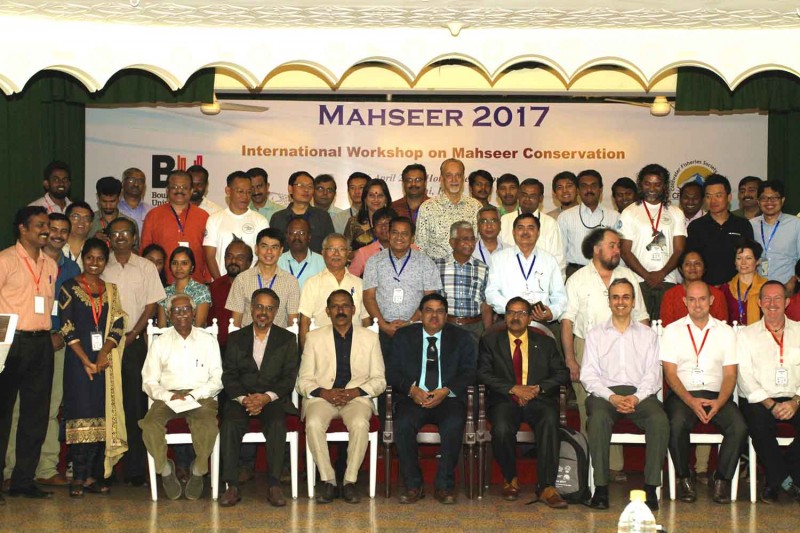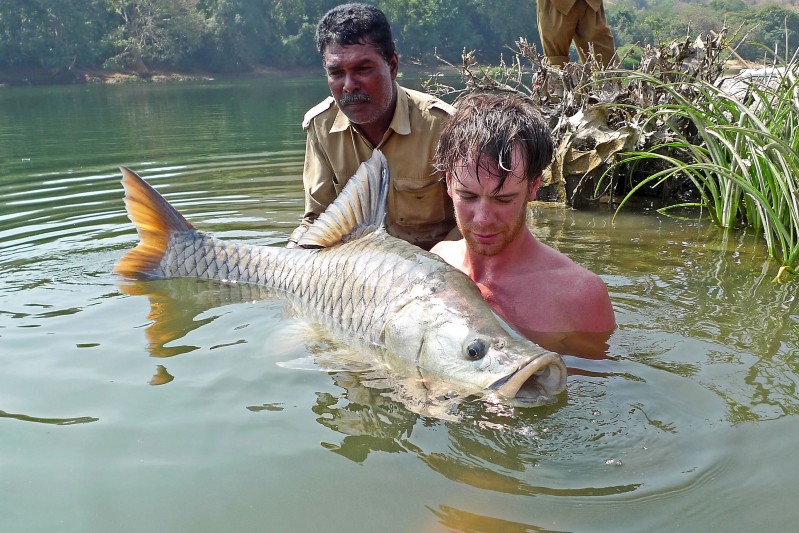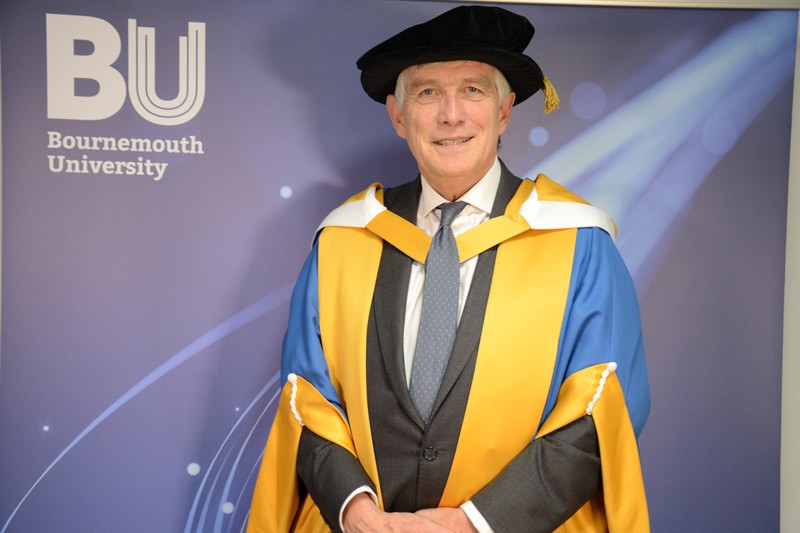A conference bringing together key stakeholders to look at the iconic mahseers; huge freshwater fishes and key bio-indicators of river health, has taken place in India.
Mahseer 2017 represented the first successful attempt to unite stakeholders across different disciplines, sectors and international boundaries, with representatives from academia, forestry, fisheries, conservation charities and angling associations present.
The conference was jointly hosted by Bournemouth University (BU), Kerala University of Fisheries and Ocean Studies (KUFOS) in Kochi, India and the Mahseer Trust. (UK).

Steve Lockett, Mahseer Trust vice chairman said, “An important part of the Mahseer Trust’s role, is to ensure better coordination between mahseer range countries and those working on conservation within them. There is an overriding need to create better connections between those who have a direct bearing or dependence upon river habitats, and those who have remote influence through legislative power and policy-shaping process. We want to make a real difference for the conservation of these fish and their associated ecosystems.”
Among the multiple factors that adversely affect mahseer populations, are dams, which fundamentally alter habitat, flow and prevent migration, destructive fishing methods, pollution and water abstraction for potable and agriculture purposes, which dramatically limits natural river flows. Managing these requires agreement from the many players who shape freshwater environments, to ensure local and government-level buy-in without adversely affecting local, subsistence-level livelihoods.

The conference brought broad agreement on the need for greater collaboration, better use of multiple scientific disciplines, security for local and national biodiversity, and protection and rehabilitation of habitat to allow self-sustaining fish populations.
Over the course of the two days, more than 20,000 people from 50 countries interacted in proceedings, with many of the presentations broadcast ‘live’ on social media.
Dr Shriparna Saxena of Barkatullah University, Bhopal, Madya Pradesh said: “the interactive question and answer session, where 6,000 people viewed the live feed, showed the importance of working together in a holistic way. I feel there is a real need for us to go back to basics and work on restoring habitat, which requires collaboration between all conservationists, scientists and Forest Departments.”
Over the past 40 years, considerable yet unsuccessful effort has been applied to conserve dwindling stocks of wild mahseer through stocking with artificially cultured mahseers. Several speakers presented further evidence of negative effects of stocking on natural biodiversity, which led delegates to agree that further research into the ecology of wild mahseer populations is an essential component for a long-lasting sustainable conservation drive. Most delegates also called for a coordinating body to oversee previously disconnected working practises. To ensure the continued survival of mahseer as indicators of the health of river systems, these should all be added to the conservation agenda.
Adrian Pinder, Associate Director of BU Global Environment Solutions, said, “In bringing together this expertise, we hope we have set the scene for a coordinated effort to protect wild mahseer populations and the integrity of the ecosystems they occupy.”
The legendary hump-backed Mahseer, one of the world’s most iconic freshwater fish, was previously reported to have been on the brink of extinction, according to scientists from BU,KUFOS and the Mahseer Trust.
In January 2017, a meeting between a range of key stakeholders, jointly hosted by the Mahseer Trust and Tata Power, met with the aim of halting the decline in the endangered hump-backed mahseer from rivers in India.
For more information about the mahseer, visit www.mahseertrust.org



